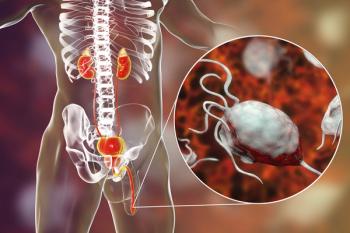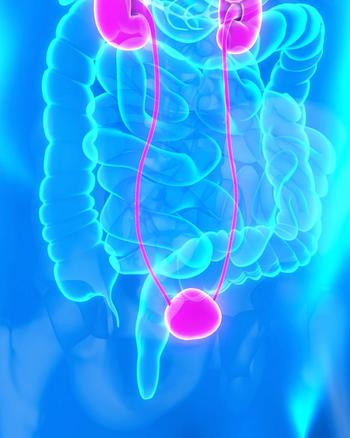
Variations in Prostate Cancer Outcome With Increasing TTR After ADT
The time to testosterone rebound was associated with differences in prostate cancer–specific and cardiovascular mortality among men who underwent RT and ADT.
The time to testosterone rebound (TTR) was associated with differences in prostate cancer–specific and cardiovascular mortality among men with unfavorable-risk prostate cancer who underwent radiation therapy (RT) with or without androgen deprivation therapy (ADT), according to a new study. The correlations with TTR varied based on the extent of comorbidity.
“Controversy exists regarding whether the increased risk of fatal cardiovascular events observed with the use of ADT in men with moderate to severe comorbidity is causal or an association,” wrote study authors led by Susan G. R. McDuff, MD, PhD, of Brigham and Women’s Hospital and the Dana-Farber Cancer Institute in Boston. “Given the known variation among men in TTR after the administration of ADT, which is age-dependent, an opportunity may exist to tailor ADT administration based on the TTR.”
This study included 206 men with unfavorable-risk prostate cancer, randomized to receive either RT alone (104 men) or along with 6 months of ADT (102 men). Patients were also divided into a “no or minimal comorbidity” group (79 who did not receive ADT, 35 with a TTR ≤ 2 years, 43 with TTR > 2 years) and a “moderate to severe comorbidity” group (25 with no ADT, 10 with TTR ≤ 2 years, 14 with TTR > 2 years). They were followed for a median of 18.19 years, during which time 30 men died of prostate cancer (18.6%), 39 died of cardiovascular disease (24.2%), and 92 died of other causes (57.1%). Results of the study were
As TTR increased, there was a significant reduction in prostate cancer–specific mortality among both comorbidity groups; in the no or minimal comorbidity group, there was an adjusted hazard ratio (HR) of 0.53 (95% CI, 0.34–0.84; P = .007). In the moderate to severe comorbidity group, the HR was 0.37 (95% CI, 0.14–0.99; P = .048).
For cardiovascular mortality, increasing TTR was significantly associated with an increased risk among those with moderate to severe comorbidity, with an HR of 1.87 (95% CI, 1.40–2.49; P < .001). This was not the case among those with no to minimal comorbidity, with an HR of 0.86 (95% CI, 0.57–1.29; P = .46).
Increasing TTR was associated with a non-significant reduction in all-cause mortality among those with minimal or no comorbidity, and with a non-significant increase in those with moderate to severe comorbidity.
“This finding provides an opportunity to consider shorter durations of ADT administration in men with moderate to severe comorbidity as opposed to the standard long-term administration of ADT despite having high-risk prostate cancer,” the authors wrote. Withholding ADT is not recommended, due to the reduction in prostate cancer–specific mortality, but a reduced duration and intermittent administration of 18 months or possibly less could be considered.
Newsletter
Stay up to date on recent advances in the multidisciplinary approach to cancer.

















































































